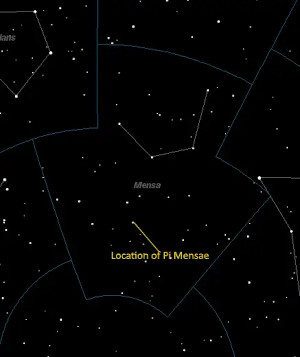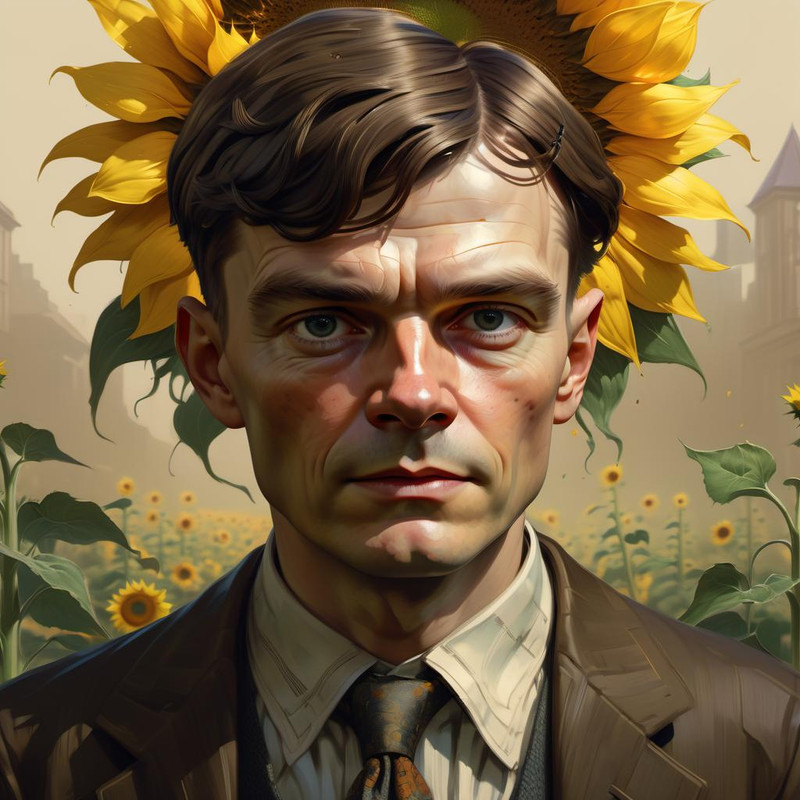
Working on Guido's particle model, however, has always been a worry of mine, so a couple of years ago I proposed to him to try to develop a didactic formulation of the model that could be used to bring elementary particles not only to university, but also to high school. From that idea, although my contributions to the writing were minimal, a triptych of articles came out, of which you can find the links below, and which received a particular review that made me very happy:
The Authors propose a didactic model representative of the particles described of the Standard Model. In this approach, particles result to be geometric forms corresponding to geometric structures of coupled quantum oscillators. An in-depth phenomenology of particles surfaces and this seems fully compatible with that of the Standard Model. Consequently, it is possible to calculate the mass of Higgs's Boson and the mass of the pair "muon and muonic neutrino" in "geometrical" sense. Via this geometric approach, it seems also possible to solve crucial aspects of the Standard Model. as the neutrinos’ oscillations and the intrinsic chirality of the neutrino and antineutrino. The paper is very interesting and deserves immediate publication in JHEPGC.I don't consider the work finished and indeed I would like to be able to bring these ideas into practice in schools. For now I'm happy to share this happiness here on the blog.
The Geometric Model of Particles: An Original Didactic about Standard Model -> The Quarks | Nucleons and K-Mesons | Leptons and Bosons





